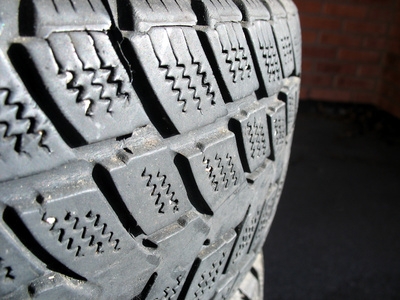
Chevrolet Silverado pickups became a popular part of the automotive manufacturer's line-up of light duty trucks beginning in model year 1999. Prior to the official introduction of the "Silverado" name, Chevy pickups were referred to as "C" or "K" models. C-model pickups featured two-wheel drive, while the K-model was Chevrolet's four-wheel drive option. The alignment specifications within this article are specific to the 1994 Chevrolet K1500 and K2500 pickup, although defined ranges may also be acceptable for 1994 C1500 and C2500 vehicles.
The ideal caster specification for the 1994 K1500/2500 Chevrolet pickup is 3.0 degrees. However, the manufacturer indicates an acceptable variance of up to 1.0 degree per wheel, meaning that caster may be set anywhere between 2.0 to 4.0 degrees. Caster is defined as the angle of the steering pivot, and improper caster adjustments may lead to difficulty in steering the vehicle.
Camber measurements affect the angle of the wheel. Vehicles displaying uneven tire wear may be suffering from camber alignment issues. The camber on '94 K1500/2500 should be adjusted to 0.65 degrees, plus or minus 0.5 degrees per wheel.
Toe measurements determine the parallel angle between the front wheels of the K1500/2500 pickup. Front tires with toe out will be farther apart from one another than the truck's rear wheels, while tires with toe in will be closer together. Ideally, toe should be adjusted to 0.24 degrees, with an acceptable variance of 0.2 degrees per wheel.